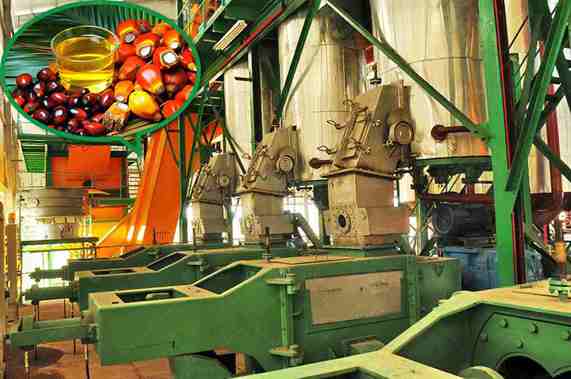Technology news
The steps involved in producing palm oil from fresh fruit bunches (FFB) at a palm oil mill.
2024-09-23
The steps involved in producing palm oil from fresh fruit bunches (FFB) at a palm oil mill.
1. Harvesting: Fresh fruit bunches (FFB) are harvested from the oil palm trees.
2. Transport: The FFB are transported to the mill, usually using a truck or conveyor system.
3. Sterilization: The FFB are fed into a sterilizer, which is essentially a large steam chamber. Here, the fruit is exposed to high temperatures (around 95-100°C) for about 20 minutes. This step is critical because it kills any enzymes that might degrade the oil and also helps coagulate the proteins, which reduces the viscosity of the oil.
4. Threshing: After sterilization, the FFB are threshed to separate the fruit from the stem. This is usually done mechanically.
5. Digestion: The fruit is then fed into a digester where it is further cooked to soften the mesocarp (the fleshy part of the fruit) and further coagulate the proteins.
6. Pressing: The cooked fruit is then fed into a screw press. The press applies pressure to the fruit, squeezing the oil out. This is the actual pressing process that separates the oil from the fruit.
7. Oil Clarification: The oil that comes out of the pressing is usually cloudy and contains a lot of solid particles. It goes through a clarification process to remove these impurities.
8. Drying: The oil is then dried to remove any remaining water.
9. Filtering: The oil is filtered to remove any final particles.


10. Bleaching: The oil is bleached to remove color bodies and any remaining impurities.
11. Deodorization: The oil is heated under vacuum to remove any unwanted odors.
12. Winterization: This step is optional and involves cooling the oil to solidify it and remove any high melting point fats.
13. Storage: The refined oil is then stored in tanks until it is ready for packaging and distribution.
Each of these steps is important to ensure that the final product is of high quality and safe to consume. The efficiency and sustainability of the process can also be improved by using modern technology and best practices.



